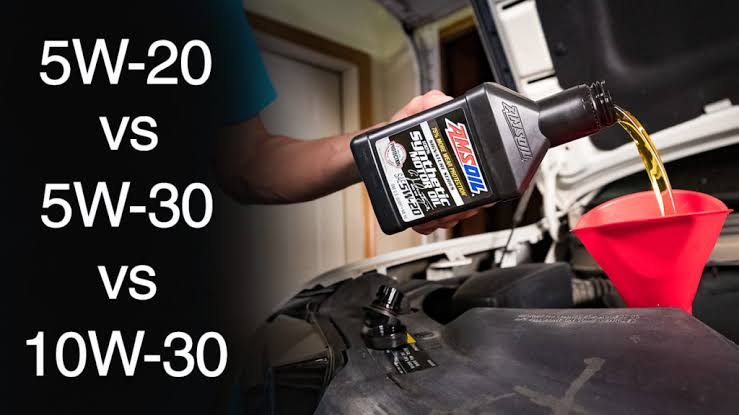Does 5W30 Have Less Viscosity Than 5W20?

When choosing engine oil for your vehicle, understanding the differences between oil types is essential. Two common options are 5W30 and 5W20. But does 5W30 have less viscosity than 5W20? The answer lies in understanding what these numbers mean and how they affect your engine’s performance. Let’s break it down.
What Do 5W30 and 5W20 Mean?
1. Understanding the Numbers and Letters
The numbers and letters in oil grades, like 5W30 and 5W20, are part of the Society of Automotive Engineers (SAE) rating system. Here’s what they represent:
- “5W”: Indicates the oil’s viscosity (thickness) at cold temperatures. Both 5W30 and 5W20 have the same viscosity when cold.
- “30” or “20”: Represents the oil’s viscosity at operating temperatures (around 100°C). This is where the difference lies.
2. Viscosity at Operating Temperatures
- 5W30: Thicker and more resistant to thinning at high temperatures.
- 5W20: Thinner and flows more easily at high temperatures.
Does 5W30 Have Less Viscosity Than 5W20?
1. Cold Temperatures
At cold temperatures, both 5W30 and 5W20 perform similarly since they share the same “5W” rating. This ensures easy engine starting and effective lubrication during cold weather.
2. Operating Temperatures
At operating temperatures, 5W30 has more viscosity than 5W20. This means 5W30 is thicker and offers greater protection against engine wear under high heat and heavy load conditions.
Conclusion: No, 5W30 does not have less viscosity than 5W20. In fact, it has higher viscosity at engine operating temperatures.
Benefits of 5W30 and 5W20
1. Benefits of 5W30
- Better for high-temperature environments.
- Offers superior protection in heavy-load conditions.
- Ideal for older engines or engines with high mileage.
2. Benefits of 5W20
- Provides better fuel efficiency due to lower resistance.
- Recommended for modern engines designed for thinner oils.
- Performs well in colder climates and under normal driving conditions.
Which Oil Is Right for Your Vehicle?
1. Manufacturer Recommendations
Always refer to your vehicle’s owner’s manual to determine the recommended oil type. Using the wrong oil can lead to decreased engine performance and potential damage.
2. Consider Driving Conditions
- If you drive in hot climates or tow heavy loads, 5W30 might be a better choice.
- For daily driving in moderate conditions, 5W20 is often sufficient.
Key Differences Between 5W30 and 5W20
| Feature | 5W30 | 5W20 |
|---|---|---|
| Viscosity (hot) | Higher | Lower |
| Fuel efficiency | Slightly less | Better |
| Engine protection | Superior under heavy load | Good for light usage |
| Recommended use | High temperatures, towing | Normal driving conditions |
FAQs
1. Can I use 5W30 instead of 5W20?
It’s best to stick to the manufacturer’s recommendation. However, in some cases, 5W30 can be used if you’re driving in extreme heat or heavy-load conditions.
2. Does using the wrong oil affect my engine?
Yes, using the wrong oil can affect engine efficiency, wear, and even void your warranty.
3. Does 5W20 improve fuel efficiency compared to 5W30?
Yes, 5W20 is thinner and reduces internal friction, resulting in better fuel efficiency.
Conclusion
While both 5W30 and 5W20 have their benefits, they are designed for different purposes. 5W30 has higher viscosity at operating temperatures, making it better for heavy-duty and high-temperature conditions. In contrast, 5W20 is thinner and optimized for fuel efficiency and regular driving. Always consult your vehicle’s manual or a professional mechanic to choose the best oil for your car. Proper oil selection ensures your engine runs smoothly and lasts longer.
Also Check:
• Does Cold Weather Affect Engine Oil?





